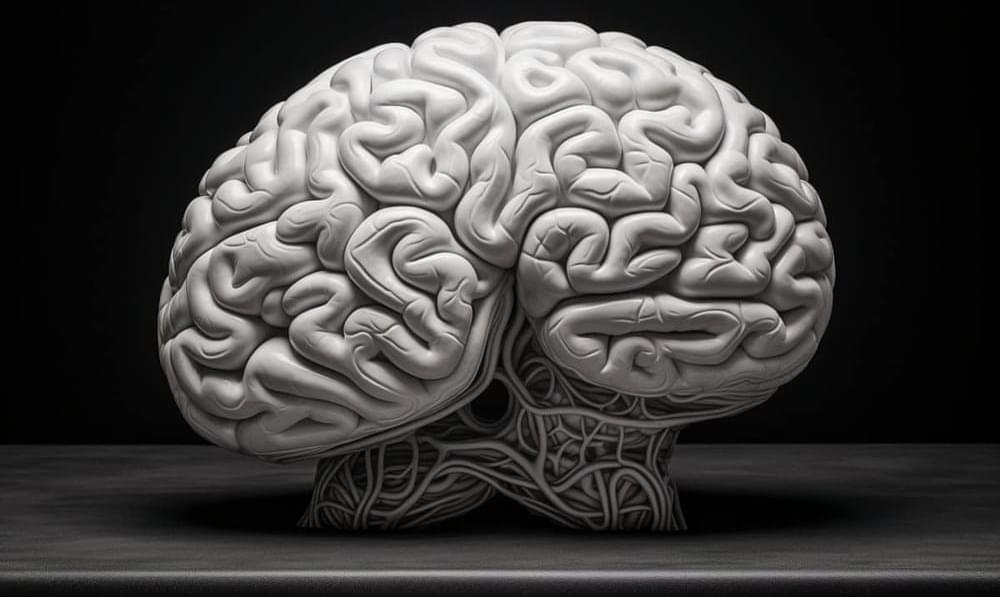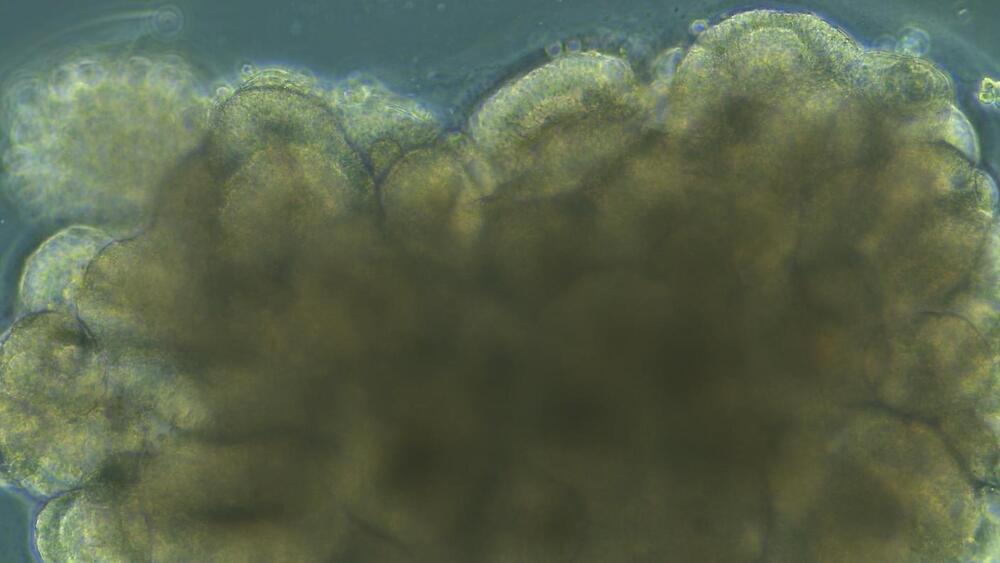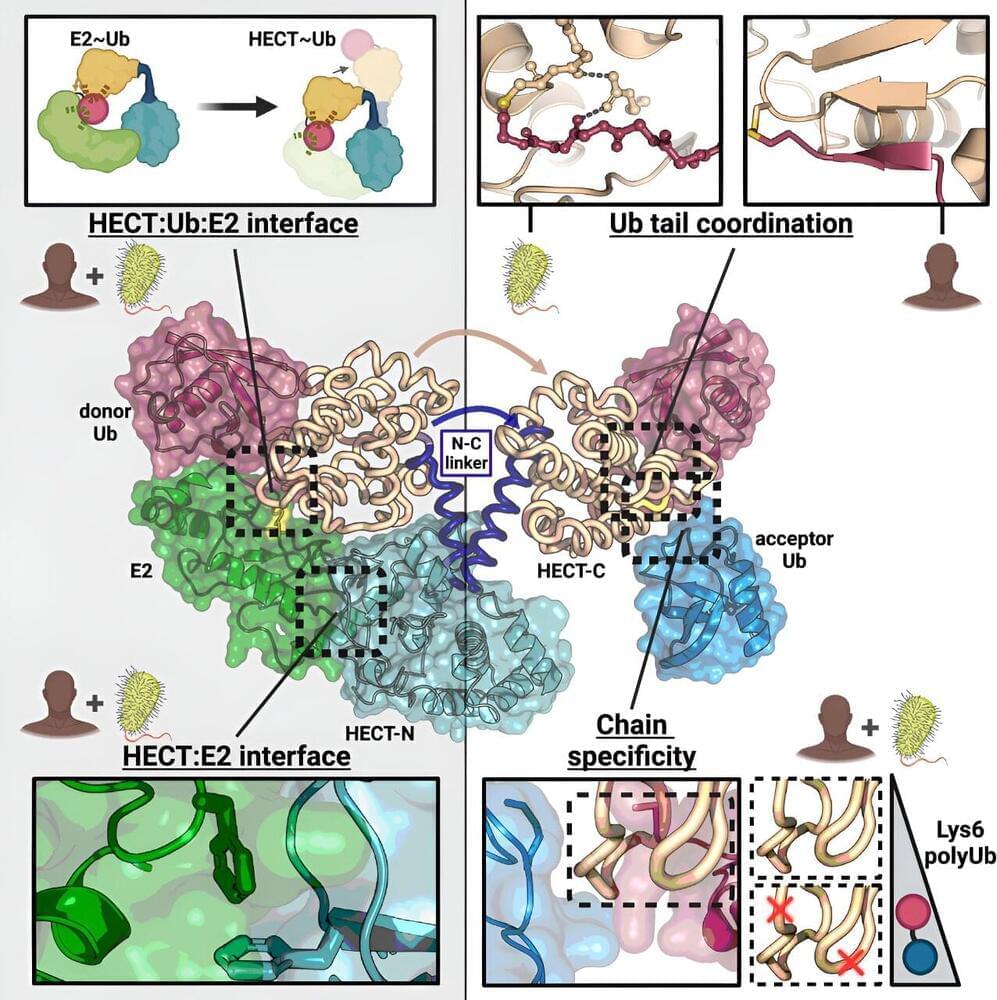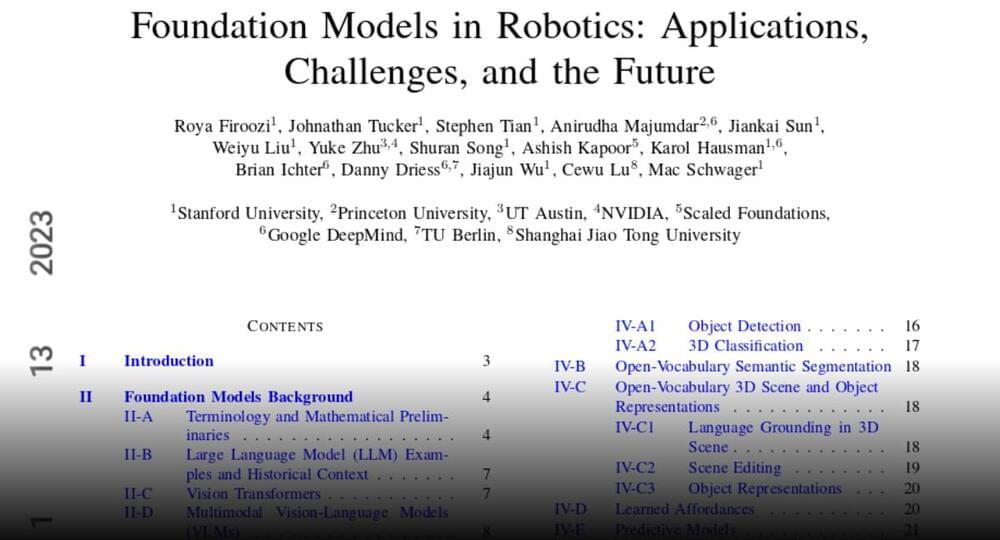Get the latest international news and world events from around the world.
The future of intelligence: artificial, natural, and combined
Twenty-four years ago, Ray Kurzweil predicted computers would reach human-level intelligence by 2029. This was met with great concern and criticism. In the past six months technology experts have come around to agree with him. According to Kurzweil, over the next two decades, AI is going to change what it means to be human. We are going to invent new means of expression that will soar past human language, art, and science of today. All of the concepts that we rely on to give meaning to our lives, including death itself, will be transformed.\
\
Speakers:\
Ray Kurzweil\
Inventor, Futurist \& Best-selling author of ‘The Singularity is Near’\
\
Reinhard Scholl\
Deputy Director, Telecommunication Standardization Bureau\
International Telecommunication Union (ITU)\
Co-founder and Managing Director, AI for Good\
\
The AI for Good Global Summit is the leading action-oriented United Nations platform promoting AI to advance health, climate, gender, inclusive prosperity, sustainable infrastructure, and other global development priorities. AI for Good is organized by the International Telecommunication Union (ITU) – the UN specialized agency for information and communication technology – in partnership with 40 UN sister agencies and co-convened with the government of Switzerland.\
\
Join the Neural Network!\
👉https://aiforgood.itu.int/neural-netw…\
The AI for Good networking community platform powered by AI. \
Designed to help users build connections with innovators and experts, link innovative ideas with social impact opportunities, and bring the community together to advance the SDGs using AI.\
\
🔴 Watch the latest #AIforGood videos!\
/ aiforgood \
\
📩 Stay updated and join our weekly AI for Good newsletter:\
http://eepurl.com/gI2kJ5\
\
🗞Check out the latest AI for Good news:\
https://aiforgood.itu.int/newsroom/\
\
📱Explore the AI for Good blog:\
https://aiforgood.itu.int/ai-for-good…\
\
🌎 Connect on our social media:\
Website: https://aiforgood.itu.int/\
Twitter: / aiforgood \
LinkedIn Page: / 26,511,907 \
LinkedIn Group: / 8,567,748 \
Instagram: / aiforgood \
Facebook: / aiforgood \
\
What is AI for Good?\
We have less than 10 years to solve the UN SDGs and AI holds great promise to advance many of the sustainable development goals and targets.\
More than a Summit, more than a movement, AI for Good is presented as a year round digital platform where AI innovators and problem owners learn, build and connect to help identify practical AI solutions to advance the United Nations Sustainable Development Goals.\
AI for Good is organized by ITU in partnership with 40 UN Sister Agencies and co-convened with Switzerland.\
\
Disclaimer:\
The views and opinions expressed are those of the panelists and do not reflect the official policy of the ITU.

Examining Hemp-Derived Cannabinoids: A Recent Study on Usage and Awareness
A recent study published in JAMA Network Open investigates the level of usage of hemp-derived cannabinoids, including cannabinol (CBN), cannabigerol (CBG), Delta 8-THC, and cannabidiol (CBD). The reason hemp-derived cannabinoids were chosen for the study was due to passage of the 2018 Farm Bill, which removed hemp from the definition of marijuana previously outlined in the Controlled Substances Act (CSA). However, THC is still classified as a Schedule I drug, meaning it’s still illegal under federal law, and despite the “de-scheduling” of hemp, there is presently no data regarding the estimated usage of hemp-derived cannabinoids.
“While the de-scheduling of hemp products initially opened up the market for CBD products, it also applies to the 100-plus cannabinoids also found in the plant,” said Dr. Kevin Boehnke, who is a Research Assistant Professor in the Department of Anesthesiology and the Chronic Pain and Fatigue Research Center at the University of Michigan, and a co-author on the study. “That means, as with CBD, all of them can follow that same path and be sold in gas stations, as ingredients in cosmetics, as well as in dispensaries—there will likely be substantial proliferation of some of these compounds.”
For the study, the researchers conducted a cross-sectional survey study of individuals aged 18 and up inquiring about past-year use of hemp-derived cannabinoids. Of the 6,666 participants who received the survey, only 1,169 completed it. Of those 1,169 participants, the researchers found that 71.7 percent had heard of CBD compared to 41.2 percent, 18.4 percent, and 16.8 percent for Delta 8-THC, CBG, and CBN, respectively. Additionally, 21.2 percent of the participants reported using CBD within the past year compared to 11.9 percent, 5.2 percent, and 4.4 percent for Delta 8-THC, CBG, and CBN, respectively, with 25.5 percent of participants reporting using some type of emerging cannabinoid within the last year, as well.

Complete Cell Atlas of a Mammalian Brain Unveiled
Summary: Researchers achieved a groundbreaking feat by creating the first complete cell atlas of a mammalian brain, specifically a mouse. This comprehensive map details over 32 million cells, their types, locations, molecular information, and connectivity.
The atlas offers an in-depth look into the mouse brain, a crucial model in neuroscience, and lays the groundwork for advanced treatments for mental and neurological disorders. It encompasses structural, transcriptomic, and epigenetic data, providing a blueprint for brain circuit operations and functioning.

A Ball of Brain Cells on a Chip Can Learn Simple Speech Recognition and Math
The mini-brain functioned like both the central processing unit and memory storage of a supercomputer. It received input in the form of electrical zaps and outputted its calculations through neural activity, which was subsequently decoded by an AI tool.
When trained on soundbites from a pool of people—transformed into electrical zaps—Brainoware eventually learned to pick out the “sounds” of specific people. In another test, the system successfully tackled a complex math problem that’s challenging for AI.
The system’s ability to learn stemmed from changes to neural network connections in the mini-brain—which is similar to how our brains learn every day. Although just a first step, Brainoware paves the way for increasingly sophisticated hybrid biocomputers that could lower energy costs and speed up computation.
The Future of Gaming: StarEngine
Cloud Imperium Games, the developer of sci-fi epic Star Citizen, has released a breathtaking video showcasing the game engine’s capabilities.
Having entered pre-production in 2010, and first been made public in 2012, Star Citizen’s development is one of the longest-running of any game. It has generated both controversy and scepticism, due to this prolonged creation time, frequent delays, and the constant expansion of its scope, which has led some to question the feasibility of the project.
Despite these issues, the work-in-progress game has amassed a huge fanbase and unprecedented crowdfunding success. At half a billion dollars, it ranks as the highest crowdfunded video game and one of the highest-funded crowdfunding projects of any kind.

Scientists discover how bacteria build protein signals in cells during infection
New research from Oregon Health & Science University could one day lead to therapies that prevent or treat diseases and infections tied to a protein that’s found in all human cells.
A study published today in the journal Molecular Cell describes how the protein ubiquitin is modified during bacterial infection.
The study details the steps taken to create a form of the protein known as lysine 6 polyubiquitin, where a long chain of ubiquitin molecules are linked through the amino acid lysine. This form of ubiquitin helps cells communicate by sending a molecular message—communication that remains poorly understood.

Robot dogs and AI inspectors prepare to transform US border security
US Customs and Border Protection (CBP) recently awarded Pangiam, a leading trade and travel technology company, a prime contract for developing and implementing Anomaly Detection Algorithms (ADA).
Pangiam, in collaboration with West Virginia University, aims to bring cutting-edge artificial intelligence (AI), computer vision, and machine learning expertise to enhance CBP’s border and national security missions, the company announced in a press release.
